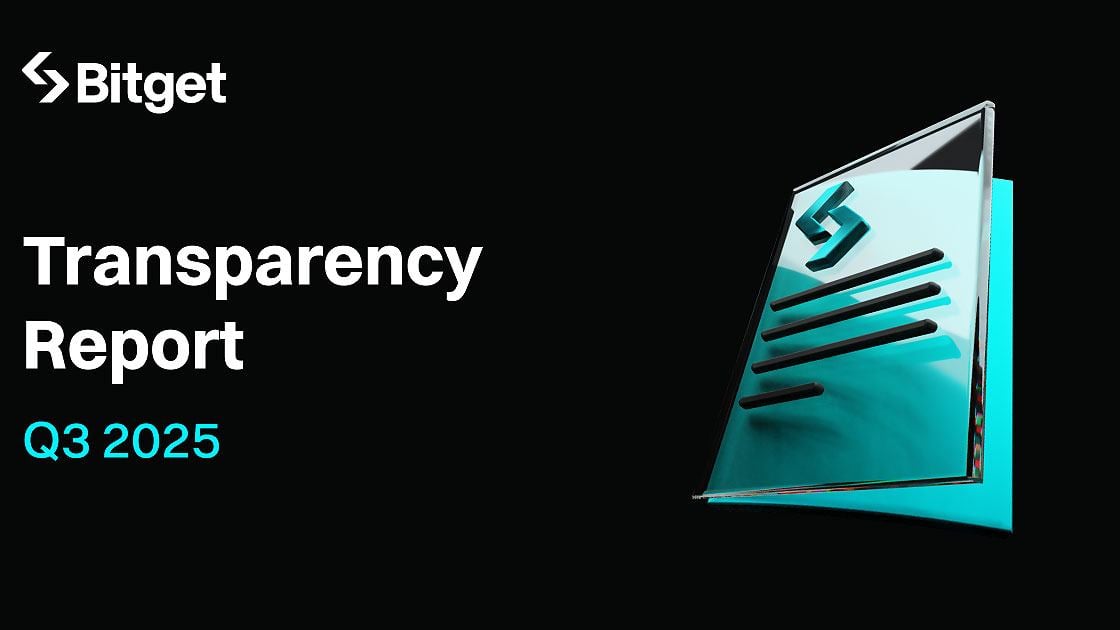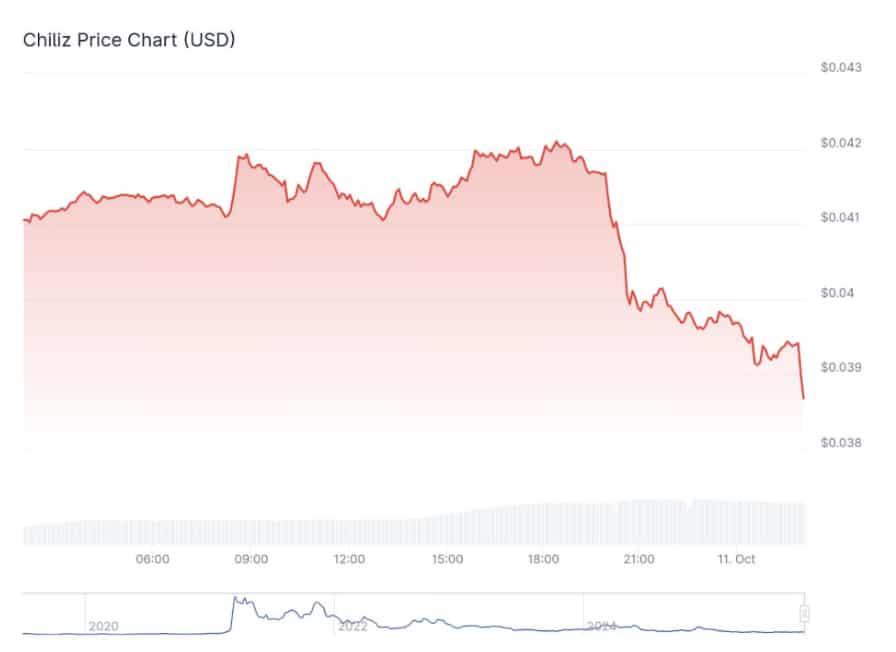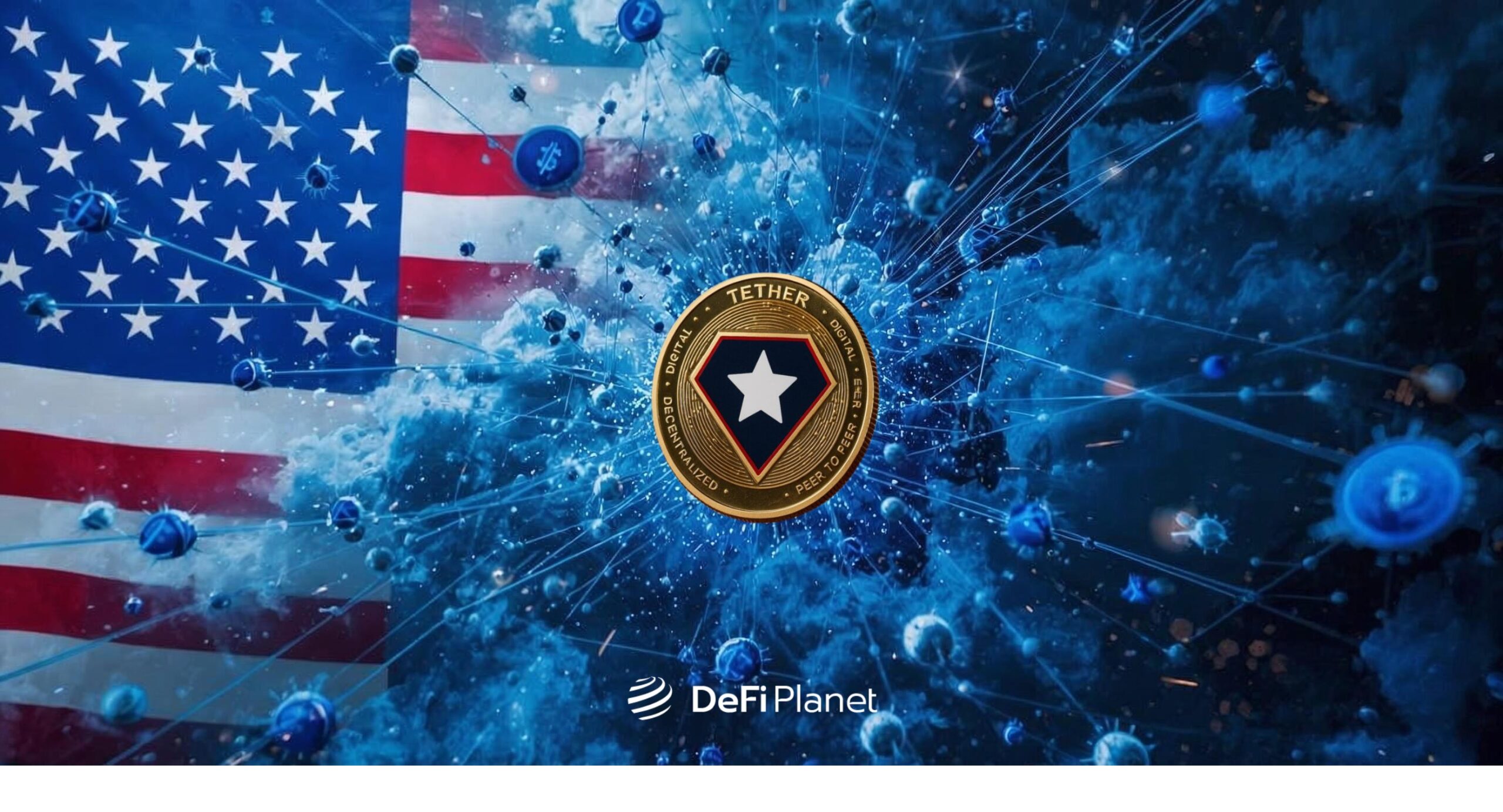We’ve all seen the headlines— gruesome exchange hacks, DeFi protocol exploits, tragic stories of people losing their life savings. For institutions and businesses that are managing large-scale digital assets, this fear isn’t just about personal loss; it’s about brand reputation, investor trust, and financial stability.
Historically, the solutions available felt like a series of compromises. Traditional cold storage, while secure, was slow and cumbersome, making it difficult to participate in the rather fast-paced DeFi space. Hot wallets offered speed but at a significant security risk, often leaving a single private key as the only thing standing between an institution’s funds and a team of motivated hackers. This left many crypto treasuries feeling exposed—vulnerable in a landscape where threats seem to be evolving at an accelerated pace.
This piece explains how Fireblocks is changing that narrative with a security model that moves beyond traditional thinking. We’ll examine how its multi-layered approach tackles the most significant threats, from human error to sophisticated cyberattacks, and ask if a truly “unhackable” solution is within reach. This article provides an in-depth analysis of Fireblocks’ core components, its effectiveness in preventing disasters, and what this means for the future of institutional digital asset management.
The Crypto Security Challenge
The core of the problem lies in the digital asset itself: the private key. Think of a private key not as a password, but as the actual physical key to a vault. If you lose it, the funds are gone. If someone steals it, the funds are gone. A traditional single-signature wallet leaves your entire fortune at the mercy of that one key. For institutions, this creates a host of potential weaknesses:
Human Error: An employee could lose the key, get phished, or make a mistake that exposes the wallet.Insider Threats: A disgruntled or corrupt employee with access to the private key could steal the funds.Centralized Vulnerability: Keeping a private key on a single server, even an offline one, makes it a high-value target for hackers who specialize in bypassing sophisticated network defenses.
These vulnerabilities have led to some of the most devastating crypto incidents. The financial and emotional toll is immense, serving as a stark reminder that security isn’t a feature; it’s a fundamental requirement.
The Fireblocks Solution: A Multi-Layered Defense
Fireblocks’ security isn’t just a single technology; it’s a comprehensive framework that builds multiple barriers between an institution’s digital assets and potential threats. It’s designed to make a single point of failure impossible.
Multi-Party Computation (MPC): Eliminating the Single Key
The foundational element of Fireblocks’ security is its patented Multi-Party Computation (MPC) protocol. Instead of a single private key, the key is split into multiple, unique parts, known as key shares. These shares are created independently and distributed across different devices—such as an institution’s servers and Fireblocks’ secure enclave.
The critical detail is this: no single key share can be used on its own. To sign a transaction, a quorum of these shares must be combined. Even then, they don’t actually get reassembled into a single key. The cryptographic magic of MPC allows the shares to collaboratively sign the transaction without ever revealing the full private key to anyone, or anything. This is a game-changer because it means there’s no single point of compromise for a hacker to target.
Secure Enclave and Hardware Security Modules (HSMs)
For an extra layer of protection, each of the key shares is created and stored within a secure environment. Fireblocks uses hardware security modules (HSMs) and secure enclaves—isolated, hardware-based environments on a chip. This means that even if a server running a key share is breached, the share itself remains locked away in a “vault within a vault” and cannot be accessed or copied.
This makes an attack on a Fireblocks-protected wallet exponentially harder. A hacker would need to compromise not just one system, but multiple separate systems, and then somehow bypass the hardware-level security on each one—all at the same time. The complexity of such an attack makes it practically unfeasible.
The Policy Engine: An Ultimate Defence Against Insider Threats
Technology is only part of the story; people are often the weakest link. Fireblocks’ policy engine is designed to mitigate this risk. It operates on a Zero-Trust model, which assumes no user, device, or network can be trusted by default. Institutions can set up detailed, customizable rules for any transaction:
Transaction Limits: Set a maximum amount that can be transferred in a single transaction.Approvals: Require multiple people to approve a transaction above a certain threshold.Time Delays: Implement a time lock on high-value transfers, giving an opportunity to catch and stop a fraudulent transaction.Address Whitelisting: Only allow funds to be sent to a pre-approved list of addresses.
The policy engine ensures that every action, no matter who initiates it, must comply with a rigid set of rules. This makes insider collusion incredibly difficult and gives institutions peace of mind knowing their funds are governed by strict, automated controls.
How Fireblocks Prevents the Worst Crypto Disasters
The effectiveness of this multi-layered approach is best seen by looking at how it directly addresses the scenarios that have led to significant losses in the past.
Scenario 1: Preventing the Exchange Hack
A common attack vector is a hacker gaining access to an exchange or a third-party platform. With Fireblocks, an institution’s assets are never directly exposed to these external systems. The assets remain secured within the Fireblocks platform, and transfers are conducted over its private, secure network. This means that if an exchange is breached, a Fireblocks user’s assets are safe from the exploit.
Scenario 2: Neutralizing the Insider Threat
Imagine a treasury manager, for whatever reason, decides to siphon off funds. With a single-key system, this could be a straightforward theft. With Fireblocks, the policy engine is a formidable obstacle. Any large transfer would require multiple approvals—perhaps from a CFO, a CEO, and a compliance officer. The attempt would be immediately flagged, and without the required signatures, the transaction would fail. This creates a transparent, auditable process that makes it nearly impossible for a single actor to commit fraud.
Scenario 3: Mitigating Human Error and Phishing
An employee receives a convincing phishing email and clicks a malicious link. In a single-key environment, this could lead to the compromise of the private key. With Fireblocks, even if an employee’s computer is compromised, the attacker still only has access to one piece of a distributed key. They cannot initiate a transaction, as they would need to compromise multiple other systems and bypass the policy engine, which would likely require multiple human approvals.
Fireblocks vs. the Competition
Fireblocks posits that confidentiality is the pivotal solution for scalable blockchains, particularly in mitigating the performance issues associated with Maximal Extractable Value (MEV).Fireblocks advocates for a structural overhaul using programmable confidentiality via its Fairblock infrastructure, which is built on decentralised multi-party computation (MPC). This approach contrasts with centralised solutions like those using Trusted Execution Environments (TEEs), which Fireblocks deems risky. Fairblock’s architecture underpins FairyRing, a permissionless, scalable, and confidential blockchain that avoids single points of failure and is currently operational across various blockchain ecosystems.
When we compare Fireblocks’ security to other solutions, its all-in-one approach stands out. While some competitors offer MPC or simple cold storage solutions, Fireblocks brings all of these components together into a single, comprehensive platform.
Cold Storage: Offers security but sacrifices speed and operational flexibility. It’s difficult to participate in DeFi or high-frequency trading with assets locked in a physical vault.
Other MPC Platforms: While some exist, they may not offer the same level of integrations, hardware-level security, or the powerful policy engine that Fireblocks provides.
Custodial Services: These often require institutions to hand over control of their assets to a third party. Fireblocks, on the other hand, provides a non-custodial solution, meaning the institution retains ultimate control over its own funds.
Fireblocks seamlessly merges the security of cold storage with the speed of a hot wallet, giving institutions the best of both worlds.
The Price of Security: Pros and Cons
Every solution has its trade-offs. While Fireblocks is a powerful tool, it’s not a silver bullet.
Pros:
Institutional-Grade Security: The multi-layered approach provides a level of protection far exceeding traditional methods.Operational Efficiency: Institutions can manage their assets quickly and securely without the delays associated with manual processes or cold storage.Comprehensive Platform: It combines custody, transfers, and DeFi access into a single, manageable interface.Reduced Human Error: The policy engine and automated controls significantly minimize the risk of costly mistakes.
Cons:
Cost: Such a sophisticated solution comes at a price, which can be prohibitive for smaller organizations or individual investors.Centralization Concerns: As a single provider, the platform represents a point of centralization in an otherwise decentralized space. While its security is strong, it’s a factor to consider.
Future Outlook: Building the Next Generation of Trust
The security landscape is constantly shifting, and Fireblocks will need to continue evolving to stay ahead. We can expect to see further advancements in MPC technology, perhaps with even more distributed key shares and decentralized governance. The integration of AI for threat detection and anomaly flagging could also make the policy engine even smarter. Ultimately, the success of Fireblocks and similar platforms will hinge on their ability to build a robust, trusted bridge between traditional finance and the decentralized crypto ecosystem.
HTX Integrates Fireblocks Off-Exchange for Enhanced Institutional Trading Security: A Step Towards Increased Adoption
HTX has integrated Fireblocks Off-Exchange to significantly improve its services for institutional trading security within the digital asset market. This integration allows institutions to securely trade cryptocurrencies by holding assets in self-custodied, off-exchange accounts, which effectively reduces counterparty risk while maintaining the efficiency of centralised trading. Additionally, HTX’s new USDT deposits for its USDD Flexible Earn product, offering a stable 12% Annual Percentage Yield (APY), further catering to institutional needs for secure and profitable crypto engagement. The overall purpose of the source is to showcase HTX’s commitment to providing cutting-edge, secure, and compliant solutions for its institutional clientele in the evolving crypto landscape.
Building a Digital Fortress
Fireblocks’ security architecture represents a significant step forward for the institutional adoption of digital assets. By moving away from a single point of failure and embracing a multi-layered, “Zero-Trust” model, it allows institutions to engage with the crypto market without the constant fear of a catastrophic hack. The combination of MPC, hardware security, and a robust policy engine creates a digital fortress, not a simple lockbox. This approach has set a new standard for what institutional crypto security can and should be. But as the digital world changes, will the race to stay “bulletproof” ever truly end, or is it an ongoing process for all who operate in the space?
Disclaimer: This article is intended solely for informational purposes and should not be considered trading or investment advice. Nothing herein should be construed as financial, legal, or tax advice. Trading or investing in cryptocurrencies carries a considerable risk of financial loss. Always conduct due diligence.
If you would like to read more articles like this, visit DeFi Planet and follow us on Twitter, LinkedIn, Facebook, Instagram, and CoinMarketCap Community.
Take control of your crypto portfolio with MARKETS PRO, DeFi Planet’s suite of analytics tools.”









